Challenge 4: Data Driven Water Quality
Harnessing Data for Water Quality Enhancement in Accra
Empowering Communities Through Technology
What’s the Problem?
Ghana‘s emerging water crisis is straining the nation. While some African countries lack freshwater resources to quench their citizen’s thirst, Ghana suffers from too much polluted water and inadequate treatment water plants. In its 2021 Report (Progress on Household Drinking Water, Sanitation and Hygiene, 2000-2020), the Joint Monitoring Platform (JMP) put access to basic access to water in Ghana at 86 percent. Safely Managed Water was, however, at 41 percent in the same report. Urban water access was 96 & and 72 percent for rural areas.
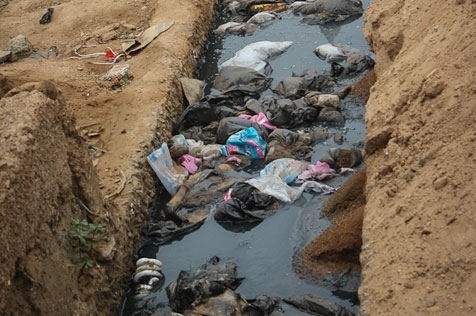
Based on this assessment, it can be concluded that at least 86 percent of Ghanaians in both urban and rural areas have access to water. Interestingly, the 2021 Population and Housing Census estimated access to basic drinking water in Ghana at 87.7 percent, with 96.7 percent in urban areas and 74.4 percent in rural areas.
Seventy six per cent of households in Ghana are at risk of drinking water that is contaminated with faecal matter.
Rapid urbanization in Ghana causes water pollution. Unsafe housing with poor facilities like sinks and toilets pours polluted water into waterways. This causes families to resort to water vendors, which are often not sanitary. This leads to a vicious cycle of water pollution, where more people get sick as a result.
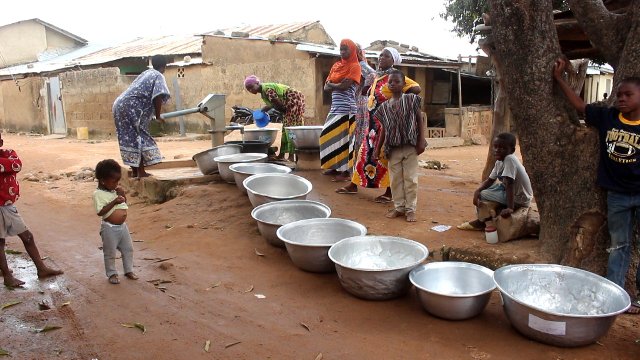
Lack of reliable water supply is likely to be a significant contributing factor to declining access to water within 30 minutes in rural areas.
Whilst various approaches are being implemented to ensure a safe, sustainable water supply, there is inadequate documentation on system sustainability and water quality to ensure that these approaches are scaled-up.
Solution
Access to clean and safe water is a pressing challenge in Accra, Ghana, where intermittent water supply often leads to compromised water quality at the household level. To address this issue, a data-driven approach leveraging technology has emerged as a promising solution. By utilizing sensors to collect data from water reservoirs and a mobile application to gather user feedback, machine learning algorithms and AI can be employed to generate comprehensive reports on water supply and user experience.
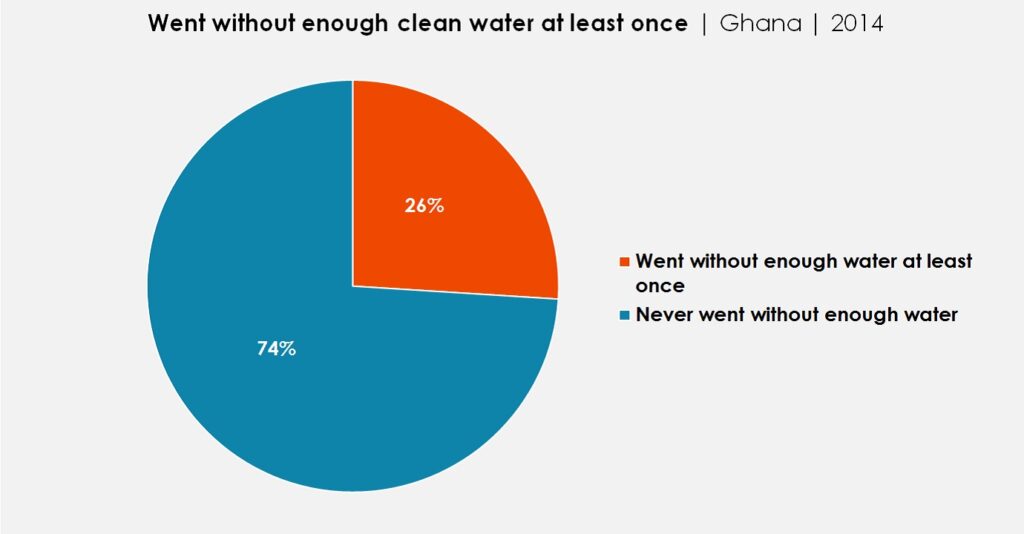
The need for a drastic change is persistent and gravely high-priority. This blog post delves into this innovative solution, highlighting its potential to empower communities and improve water quality in Accra.
What Is The Significance of Data In This Project?
Data serves as a valuable asset in understanding and addressing water quality challenges. By deploying sensors in the reservoirs from which people typically fetch water, real-time data can be collected on various parameters such as water pH, turbidity, and bacterial contamination. This data acts as a crucial input for monitoring and assessing water quality, allowing prompt action to be taken when anomalies are detected.
Aspects of water quality analysis
- pH level
- Turbidity
- Hardness
- TDS (Totally Dissolved Solids)
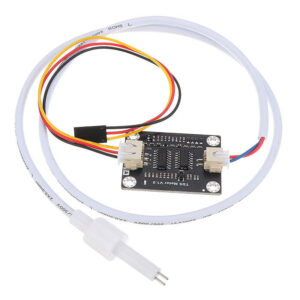
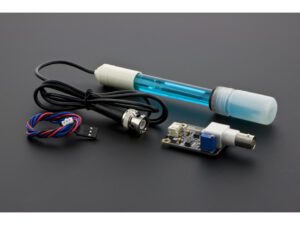
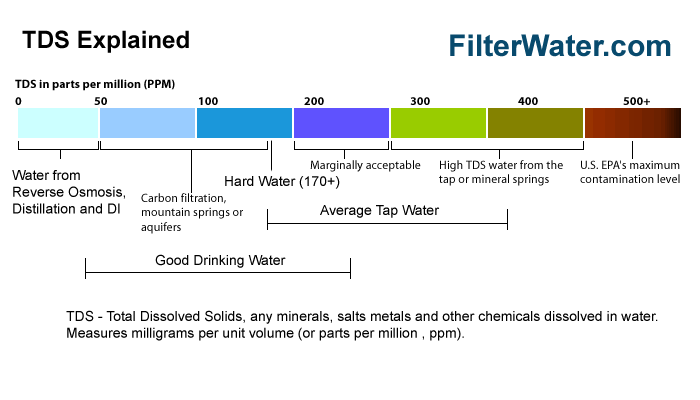
How Can We Engage The Primary User?
There are a number of leading cities with an impressive water supply network which use mobile and computer based applications in order to receive grievances and complaints and subsequently improve their services A mobile application can play a pivotal role in gathering user feedback on water quality and sanitation services. Through the app, residents can report issues, provide feedback on the quality of water received, and express concerns about sanitation facilities. This direct engagement with users creates a feedback loop that helps identify problem areas and prioritize interventions.
Salient Features of The Application
RECORDING USER INPUT
The app will enable consumes to give their feedback about the water quality and other specifications like colour, odour, and taste.
CUSTOMER HELPLINE
Users will be able to connect directly with the company executives and explain the problems they are facing and what improvement can be made.
THE WELLBEING COLUMN
consumers will be provided with a series of articles and information about hygiene and sustainable use of water resources in order to spread awareness and in turn prevent a number of calamities.
USER FRIENDLY
Not all people in the region are well versed with the English language. In order to counter that, the app will be available in a number of regional languages making it more accessible to everyone.
How Can Machine Learning And AI Contribute In Resolving A Water Crisis?
he collected data from both the sensors and the mobile application can be processed and analyzed using machine learning algorithms and AI techniques. These powerful tools can identify patterns, trends, and correlations that may not be immediately evident to human analysts. By leveraging this technology, GWCL can gain valuable insights into the factors affecting water quality and make informed decisions to improve the overall supply and sanitation services.
A Brief Look Into How The Algorithms Work
STEP 1
Standardized data input
STEP 2
Data cleaning and feature engineering
STEP 3
Processing
STEP 4
Interpretation
STEP 5
Extracting report
Why Is Generating Comprehensible and Impactful Report So Important?
The analysis of data can be used to generate comprehensive reports that encompass both the water supply and user experience aspects. These reports can provide insights into the quality of water at different reservoirs, identify areas with recurring issues, and highlight potential sources of contamination. Additionally, user feedback can be integrated into the reports, enabling GWCL to understand the perceptions, concerns, and suggestions of the community. Such comprehensive reports facilitate evidence-based decision-making and resource allocation.
Reaching Out To the Masses
Since there is a large proportion of consumers who do not have access to smartphones and computer systems, we will run a model based on similar technology on featured phones using ussd codes in order to approach each group of the society and make them feel more connected to the government.
What Are The Advantages and Impacts of Collaboration?
The implementation of this data-driven solution requires collaboration between GWCL, technology experts, and the community. By involving the community in data collection and analysis, a sense of ownership and empowerment is fostered. Furthermore, the generated reports enable GWCL to develop targeted interventions, allocate resources effectively, and monitor the impact of implemented measures. Over time, this approach can lead to improved water quality, enhanced sanitation services, and ultimately, better health outcomes for the residents of Accra
How Is This Initiative Beneficial?
By harnessing the power of data and technology, Accra can transform its water supply system and ensure improved water quality at the household level. The integration of sensors, mobile applications, and advanced analytics empowers communities, promotes transparency, and enables evidence-based decision-making for GWCL. With this innovative solution, Accra can pave the way for a sustainable future where clean and safe water is accessible to all residents, regardless of their socioeconomic status or geographical location.
Perks and Benefits
- Monitoring of the water management system.
- Linking the people with no access to smartphones to the authorities.
- facilitating a brilliant consumer-provider relationship.
- Making it easier for people to give feedbacks and lodge complaints regarding any misconduct.
- Generating effective reports.
- Spreading awareness in the community.
- Educating the people about sustainability.
Know The Team



